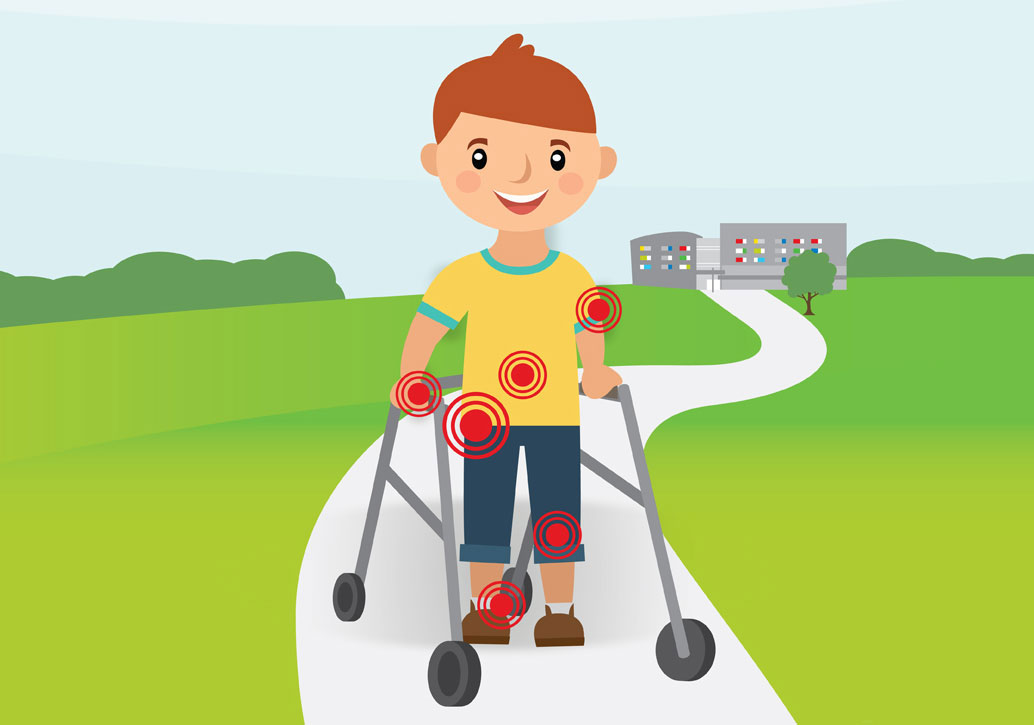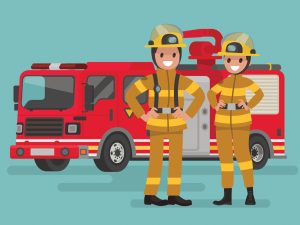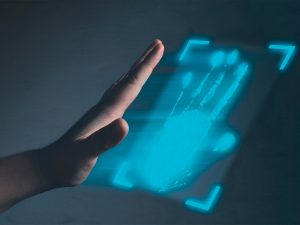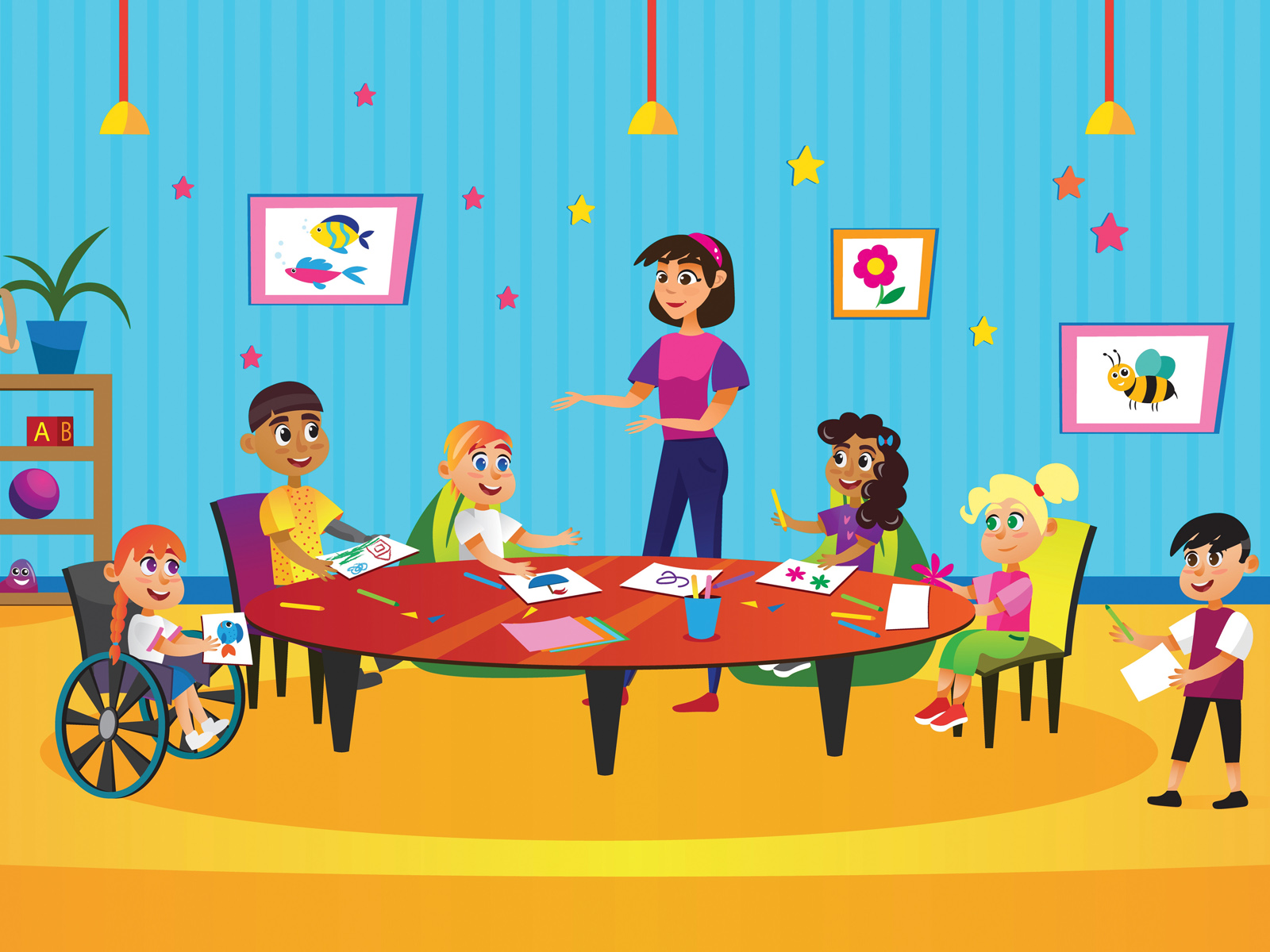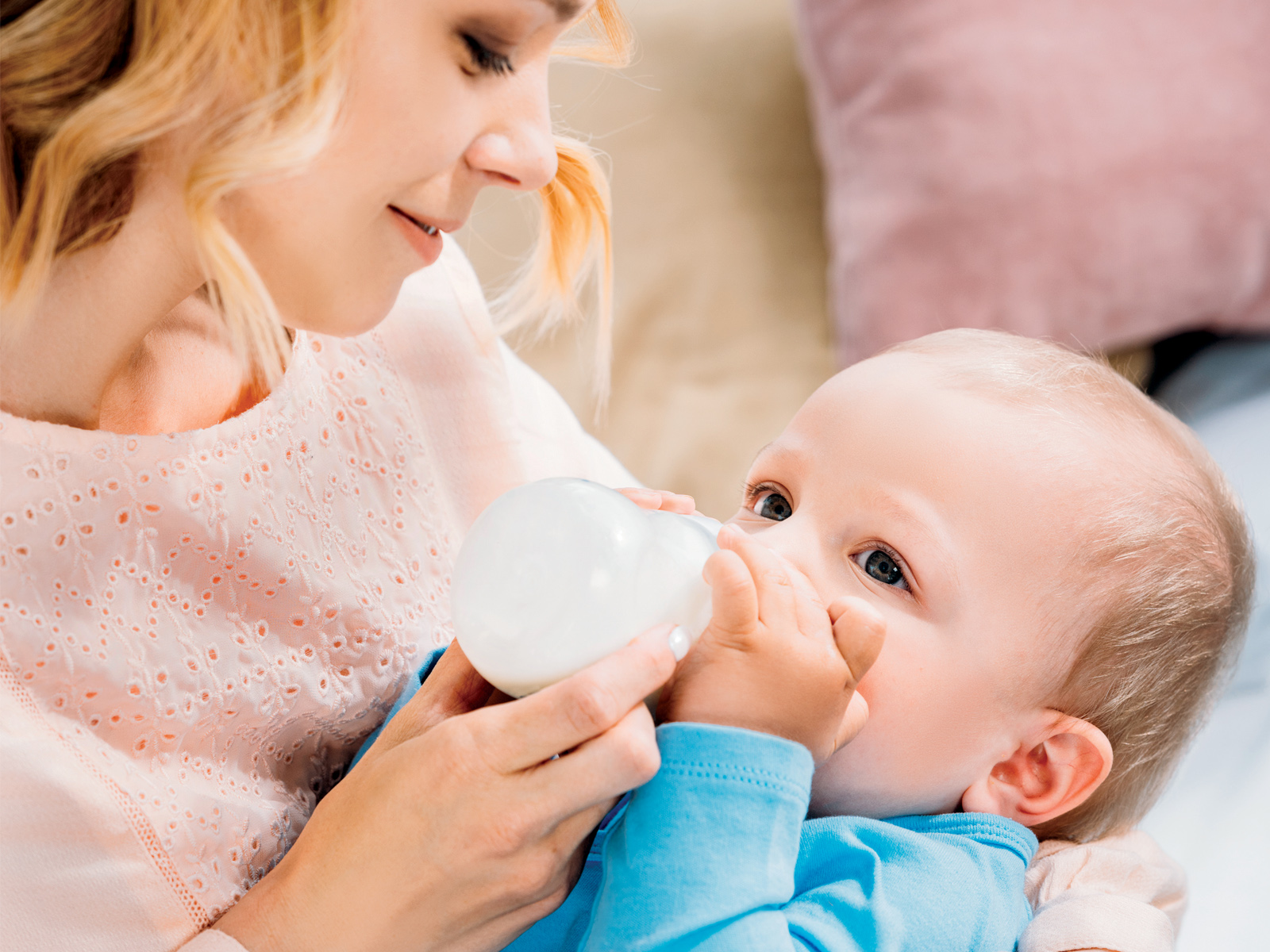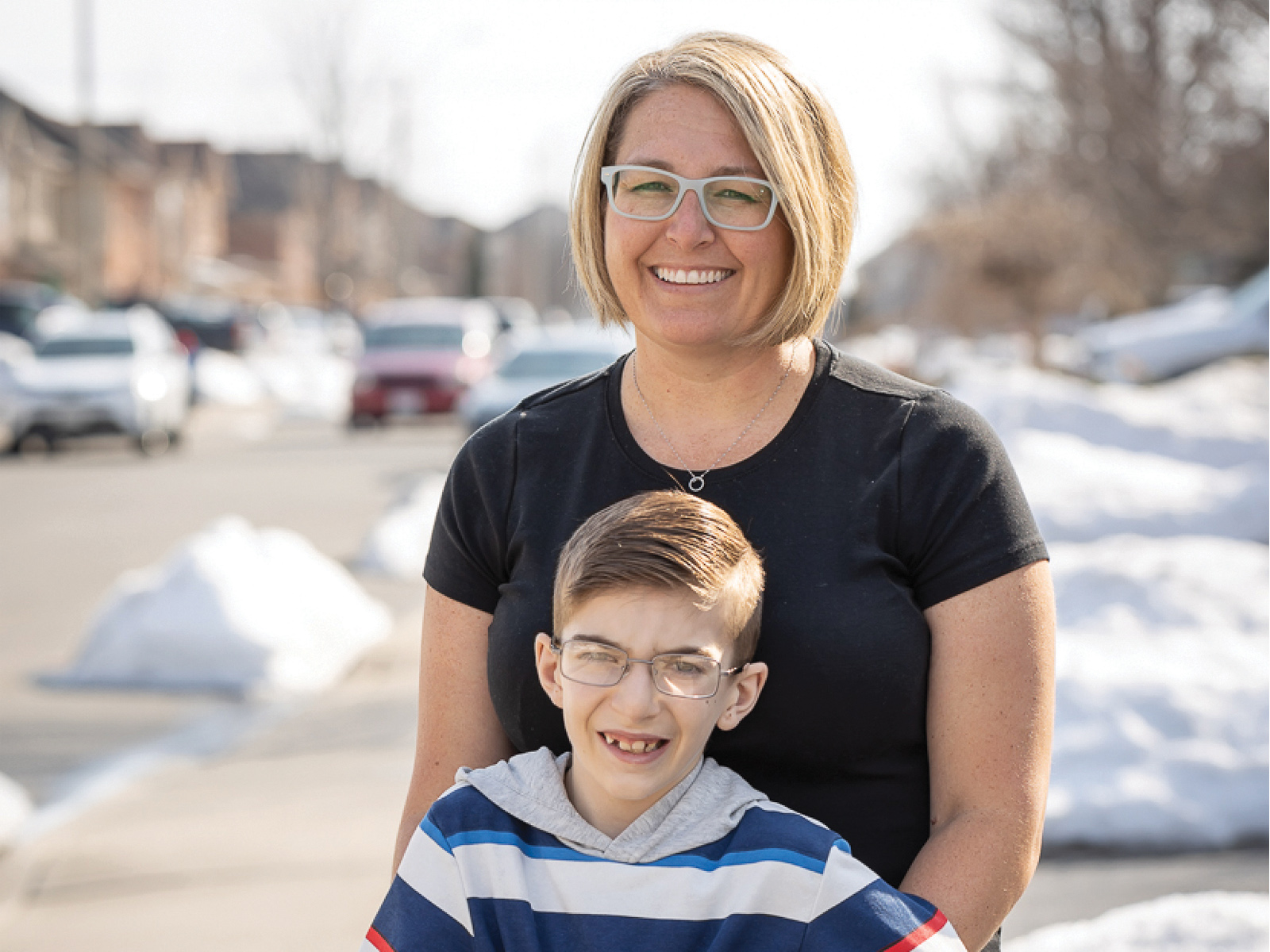By Holland Bloorview Kids Rehabilitation Hospital
Imagine what it’s like to feel pain throughout the day. For children with physical disabilities, such as cerebral palsy (CP), pain can be part of daily living activities: stretching tense muscles during rehab, experiencing acid reflux, feeling the discomfort of constipation, being unable to change your body position or suffering a headache.
There are many types of pain, caused by many different things. It is important for parents and health care providers alike to recognize pain, where it happens and how to address it. To learn more about a child’s pain, ask these three questions.
1. What type of pain is it?
Many people are familiar with pain that comes from injury such as stepping on a nail or touching a hot pan on the stove. This is acute pain, which comes on very quickly. It can be intense, but usually does not last more than 30 days. Chronic pain, persists longer than three months or beyond the expected time to heal. Some kids with CP are at risk of having acute pain turn into chronic pain because they may find it difficult to express or communicate their pain.
2. Where and why does chronic pain happen?
There are certain places throughout the body where children with CP may experience chronic pain. Stomach pain can be caused by digestive or gas issues, constipation or gastroesophageal reflux disease (GERD). Children with CP can have changes to their bones and skeleton, as well as the way their muscles function. These changes can lead to muscles that are too tight, muscle tone that can cause twisting and repetitive movements, and hip dislocation, which can lead to ongoing pain. Sometimes, even assistive equipment—such as wheelchairs, walkers and orthotics—can cause pain associated with walking, running, or staying in one position for too long.
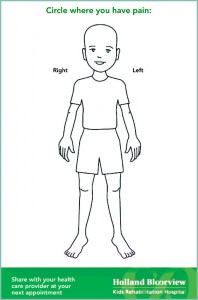 But pain shouldn’t stop children from participating in activities that are part of being a kid. Work with your health care team to identify ways to manage chronic pain.
But pain shouldn’t stop children from participating in activities that are part of being a kid. Work with your health care team to identify ways to manage chronic pain.
3. How do I know if my child has pain?
Chronic pain is sometimes difficult to detect. That’s why the Evidence to Care team at Holland Bloorview Kids Rehabilitation Hospital in Toronto, Ontario, designed the Chronic Pain Assessment Toolbox for Children with Disabilities. This free online resource can be found at www.hollandbloorview.ca/toolbox. It offers background information about chronic pain in children with CP, as well as tools you can use with your health care team to identify and assess chronic pain over time.
An example of one tool is the body diagram (shown at right). Together with your child, circle or colour the places on the diagram where your child feels pain or discomfort, then show it to your health care team at your next visit. No child should experience chronic pain; be proactive and start a conversation about pain today.
Reprinted from Holland Bloorview Kids Rehabilitation Hospital.

